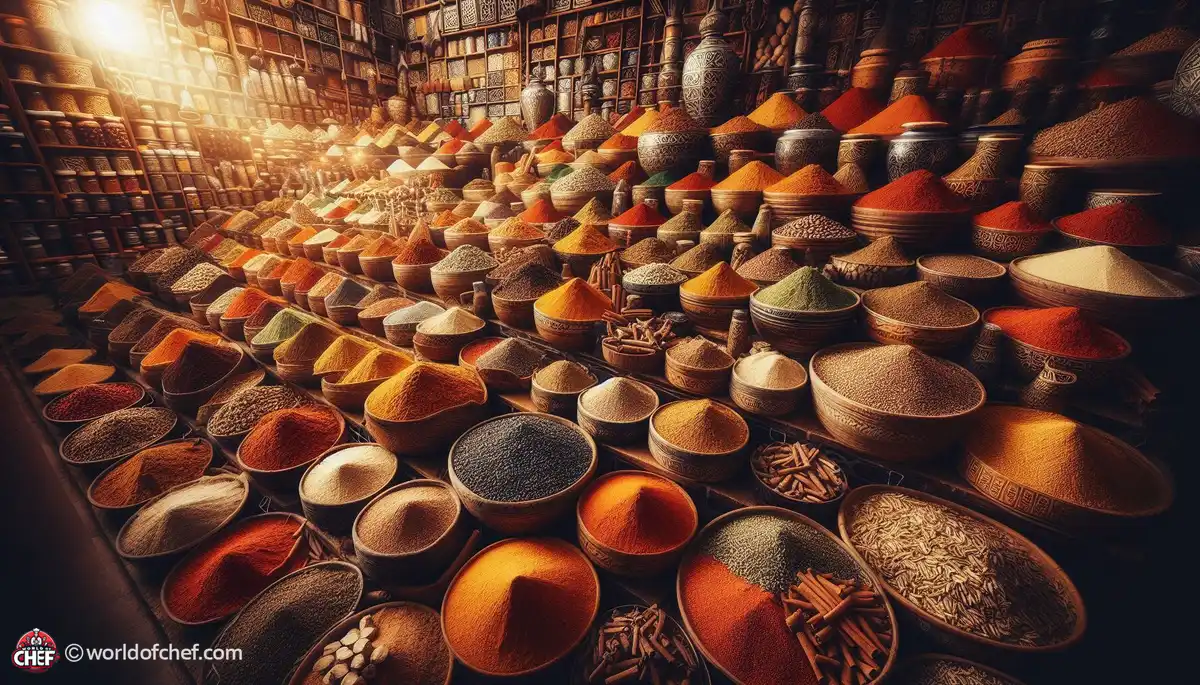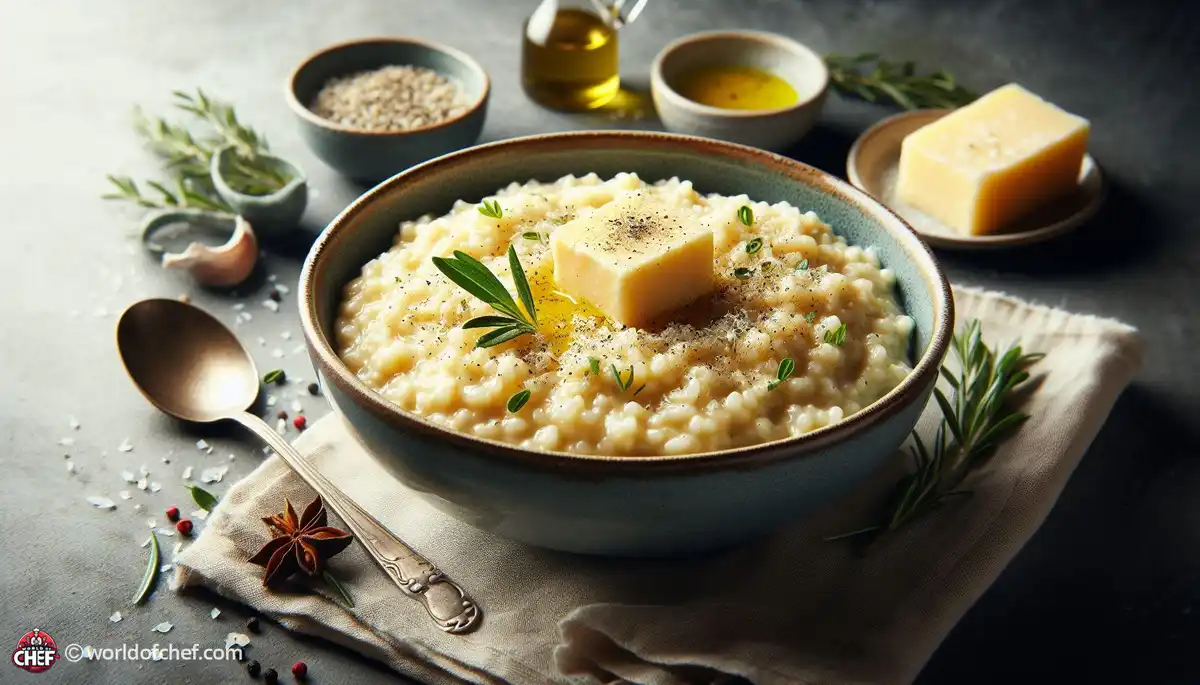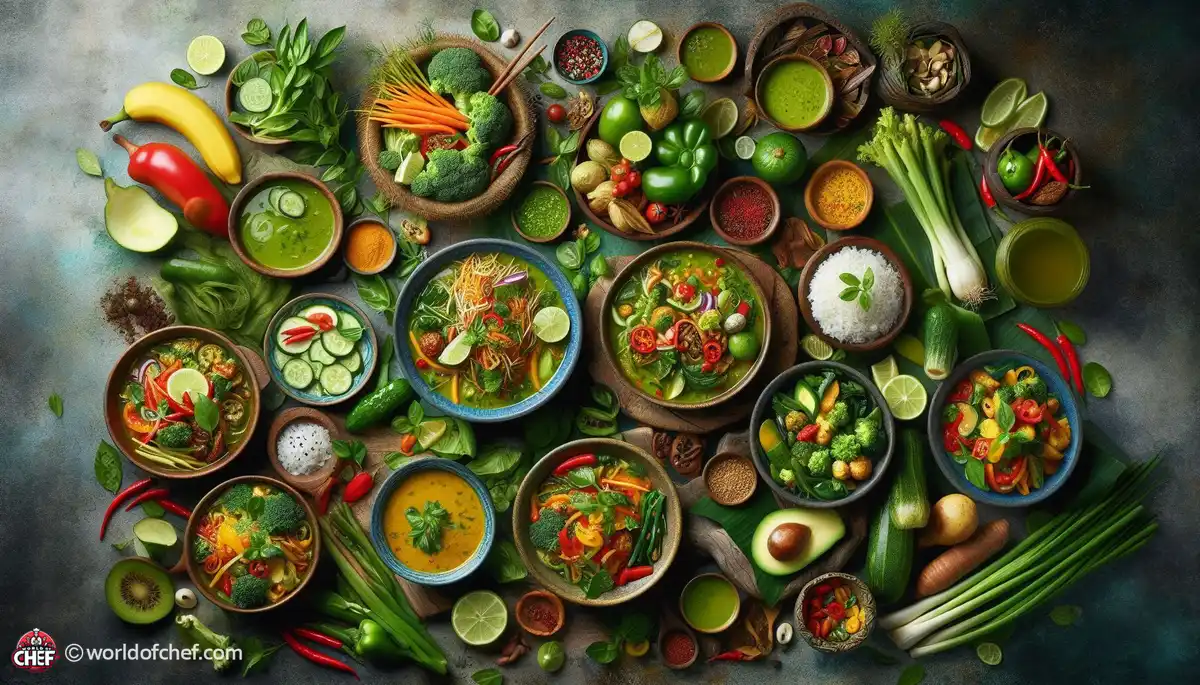
Unveiling the Secrets of Moroccan Spice Blends
Joel Spurgeon - Oct 5, 2024 - 7 min read


Risotto is the jewel in the crown of Italian cuisine, a dish embodying the soul of simplicity and sophistication. In its simplest form, risotto is cooked rice, creamy, rich in flavors and texture, defying what a risotto could really be. What makes risotto magical is its versatility: it can be infused with a myriad of flavors, be it earthy mushrooms or succulent seafood.
Risotto traces its origin to Northern Italy, to the regions of Lombardy and Piedmont. Risotto has been Italian cuisine for centuries. First known as a peasant's food, risotto began out of necessity, where peasants prepared it with common ingredients, such as rice and broth, and whatever vegetables and meats they could find at the moment. It eventually blossomed into a gourmet's delicacy, loved and relished by chefs and gourmet lovers alike.
The heart of any risotto dish lies in the choice of rice. Other types of rice, such as long-grain or jasmine rice, will not do, but risotto requires a special variety: Arborio, Carnaroli, or Vialone Nano. These short-grain varieties contain more starch, which breaks down during cooking to give risotto its characteristic creaminess.
While the ingredients are one of the most important points, the technique also plays the most important role in serving a perfect risotto. It requires patience and observation since risotto needs steady stirring and the gradual infusing of liquid to remove the starches from rice, making it silky smooth to the palate.
This choice of rice will make or break the creaminess of the risotto. Among many options, Arborio is probably the most popular and available in most supermarkets. You can go for Carnaroli or Vialone Nano if you can find specialty stores; these give an elevated risotto with a good hold on liquids without losing firm bite.
The other secret to a creamy risotto is to toast the rice before adding liquid. This seals the grains so that they will not become mushy, yet still allows them to absorb the flavors of the other ingredients. Just sauté the rice in a little butter or olive oil until it is translucent, taking care not to let it brown.
Patience is always the trick if you're adding liquid in your risotto; pour not all the hot broth at one time, only let it slowly and steadily enter your risotto at intervals that the rice absorbed the last dose. In doing this slow and steady pace, the starches inside the rice get broken down then produces that luxurious, creamy mouthful for you.
Possibly, the most crucial step when it comes to risotto is stirring. One would need to stir continuously and allow an even flow of heat so that it is not stuck at the bottom of the pan. Staying with a wooden spoon or spatula, there gently needs to be agitation amongst those grains, bringing out all those starches in that rice and creating that beautiful, creamy consistency.
But truly fine risotto always starts out well from a good flavoring. Begin with sautéed aromatics -- perhaps onions, garlic and shallots, in butter or olive oil, and continue until the aromatics are translucent and fragrant. This is your background where you will add herbs and spices, as well as your vegetables.
Adding wine to your risotto not only gives depth of flavor but also deglazes the pan, releasing all the caramelized bits that have stuck to the bottom. Use a dry white wine, such as Pinot Grigio or Sauvignon Blanc, and let it simmer until the alcohol has evaporated, leaving a subtle acidity that balances out the richness of the dish.
While the mushrooms, peas, or seafood are present in the typical risotto recipes, get bold and go ahead. There's butternut squash and sage and asparagus with lemon zest and every possibility lies in between to customize this recipe to your taste FINISHING TOUCHES
Some last-minute alterations can be the key between great risotto and risotto perfection. Add a dot of butter or a handful of Parmesan for richness and creaminess and finally season with salt and freshly ground black pepper. Garnish with fresh herbs like parsley or chives for a pop of color and freshness.
The perfect risotto is smooth and creamy but firm. It should be what's called "all'onda," or "wavy" or "like the waves." This texture must be achieved in the preparation of the risotto; it should be spread across the plate but not runny enough to lose its form. If needed, just add a little splash of broth or water and then serve.
Presentation of risotto should actually be done. One just fills warm plates by scooping up servings of risotto with spoons to smooth it out onto a flat surface. Along with this plate, place on the side some extra fine slices of Parmesan for garnish or finish the whole thing off with a great rich drop or two of exquisite olive oil to serve and then a nice wine.
For risotto, the wine selection should not overpower the taste but rather complement it. For instance, with a rich creamy risotto, you could pair with Chardonnay or Vermentino-a crisp acidic white wine to cut through it-or Pinot Noir or Barbera, a more light-bodied red, for heartier risottos with mushrooms or sausage.
To say that risotto is to be eaten slowly, with much reverence and appreciation for the creaminess of the mouthful and the artwork that goes into making it is to say much. It is a dish that brings people together in the most perfect of ways with each luscious bite. Pour a glass of wine, gather your loved ones around you, and savor the simple pleasure of a perfectly executed risotto.

Joel Spurgeon - Oct 5, 2024 - 7 min read

Aaliyah Martini - Oct 5, 2024 - 6 min read

Jesse Brownell - Oct 5, 2024 - 7 min read

Taylor Damon - Oct 4, 2024 - 20 min read